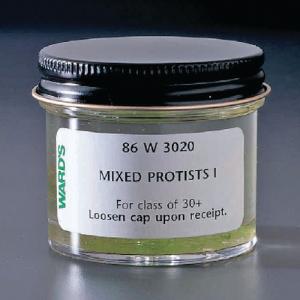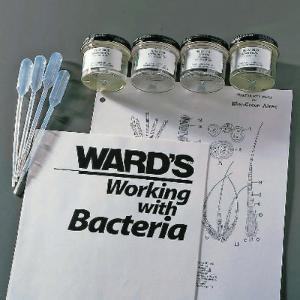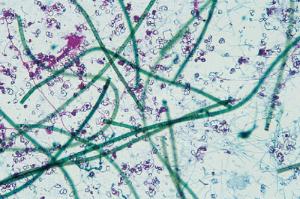How to teach with Algae and Cyanobacteria: A free guide for working with and caring for your live materials
Download this care guide for the facts on maintaining algal cultures and special culture techniques for this vital organism.
The How to Teach with Live Materials series includes free downloadable guides with information and expert directions from our in-house live materials lab technicians and biologists. You’ll get a thorough introduction to a wide selection of living specimens and learn how to use them to teach hands-on lessons in your classroom.
Read on to learn all about teaching with Algae and Cyanobacteria.
Middle School/High School
How to Teach with Algae and Cyanobacteria
Phycology is the scientific study of all forms of algae, from the oceans’ microorganisms to their vast seaweed ecosystems. Also known as algology, phycology is a branch of life science; it might be unfamiliar to students at first, but it’ll grow on them.
Most people don’t know the importance of algae. However, a long slime ago (2.45 billion years to be exact), cyanobacteria or blue-green algae began producing oxygen and triggering the Great Oxidation Event (GOE).
Cyanobacteria conduct photosynthesis, which produces oxygen. Scientists postulate that cyanobacteria may have evolved into the chloroplasts in all plant cells today. So, whether you call it pond scum, or frog spittle, our lives totally depend on algae and cyanobacteria (just don’t drink or swim in water that has it)!
Scientists believe that algae in oceans, rivers, and lakes contribute about half of all the oxygen produced on the planet. In fact, Prochlorococcus (a genus of cyanobacteria) is the smallest photosynthetic organism on Earth but produces up to 20% of the oxygen in our entire ecosphere.1 Efficient little organisms, aren’t they! So, the next time you take a deep breath, thank algae and cyanobacteria for making it possible.
Download the Working with Algae and Cyanobacteria guide above to learn about maintaining algal cultures and special culture techniques for this vital organism. Then, check back for more guides in our How to Teach with Live Materials series.
About Ward’s Science Live Materials
Ward’s Science is committed to supplying high-quality specimens that support a wide variety of classroom activities and research. Because we cultivate and care for all of our live materials in our onsite labs, we ensure that your materials are always fresh, healthy, and delivered on time.
For more information about how to care for live materials, visit our Live Material Care Guide page; it has instructional and informational literature sheets for the most popular live specimens in our collection. You will find the facts and instructions necessary to properly provide care for your live specimens and enrich your lessons with additional background information from algae to vertebrates and everything in between.
Our expert biologists and lab technicians are here to help with questions or one-on-one support with your live materials—Email sciencehelp@vwr.com for personalized support, custom orders, and more.
References: 1. National Ocean Service: How much oxygen comes from the ocean?
Recommended Products:
[StartProductBlock]
Ward's Algae Beads
Demonstrate photosynthesis and respiration in action with our ready-made algae beads.
[EndProductBlock]
[StartProductBlock]

Ward's® Live Green Algae Mixtures
Teach your students about algal diversity using our specially prepared, "real-life" combinations.
[EndProductBlock]
[StartProductBlock]

Cyanobacteria Morphology Set
Collection of different types of cyanobacteria displays their structural diversity.
[EndProductBlock]
[StartProductBlock]

Cyanobacteria, Mixed Slide
Observe a combination of blue-green algae.
[EndProductBlock]
